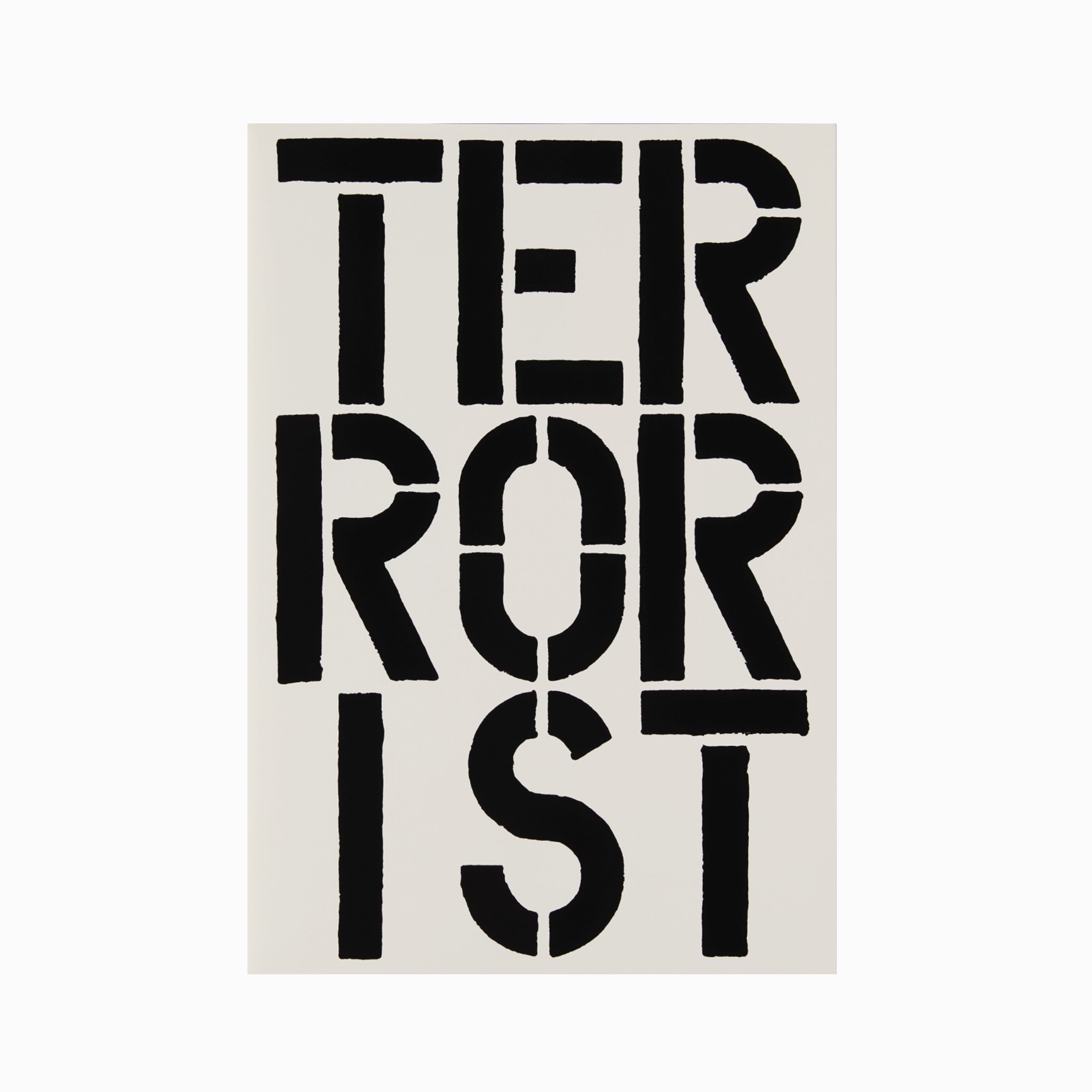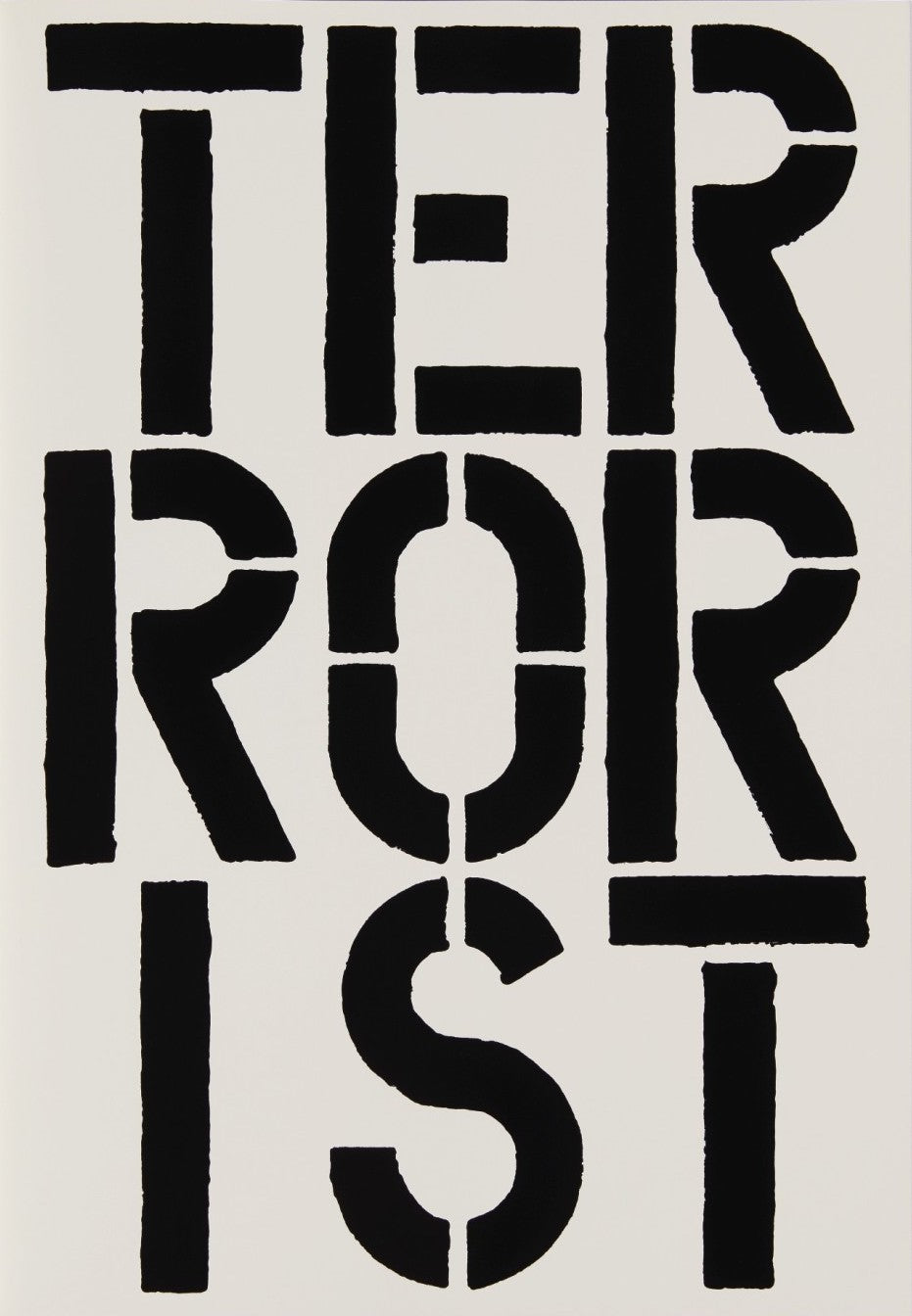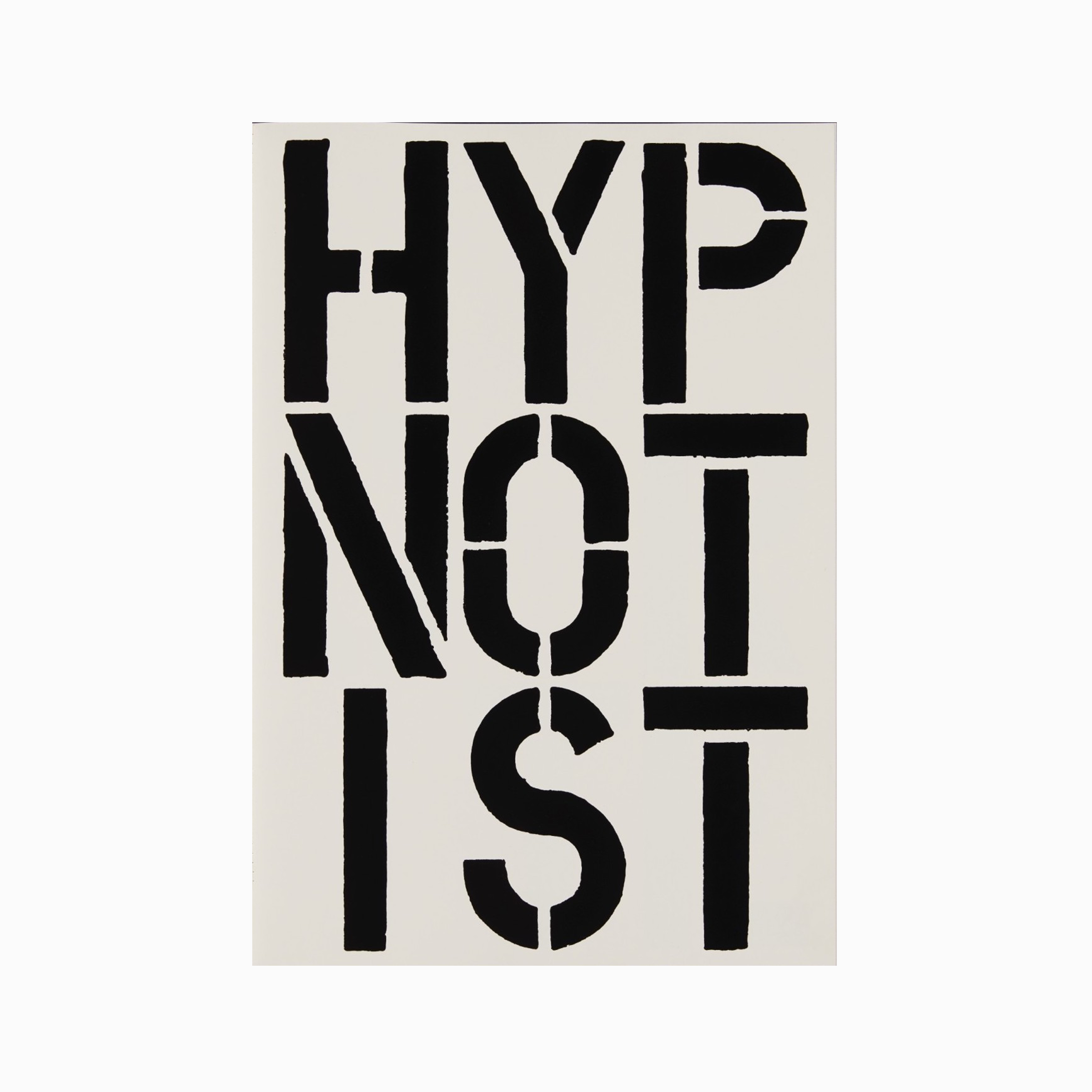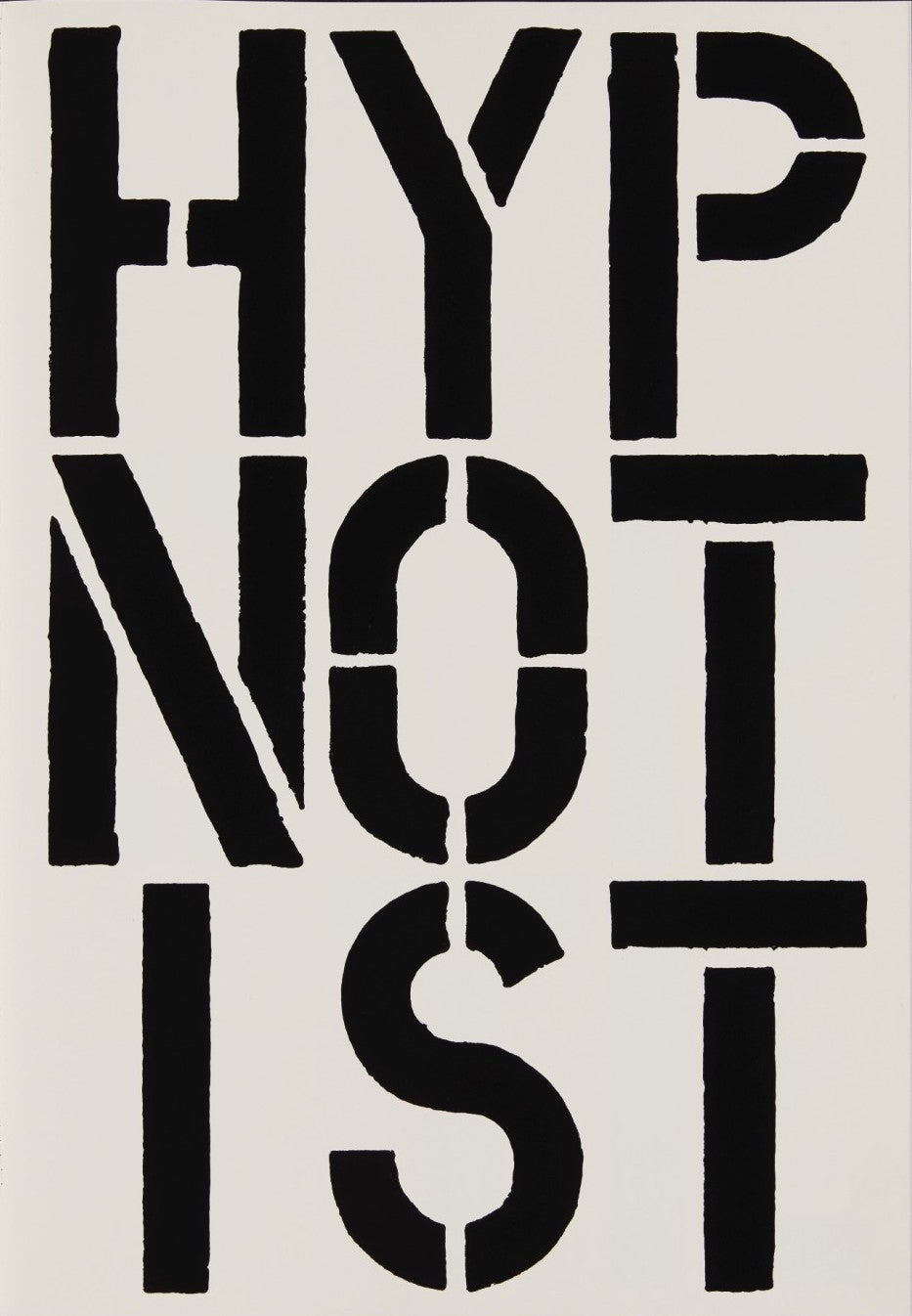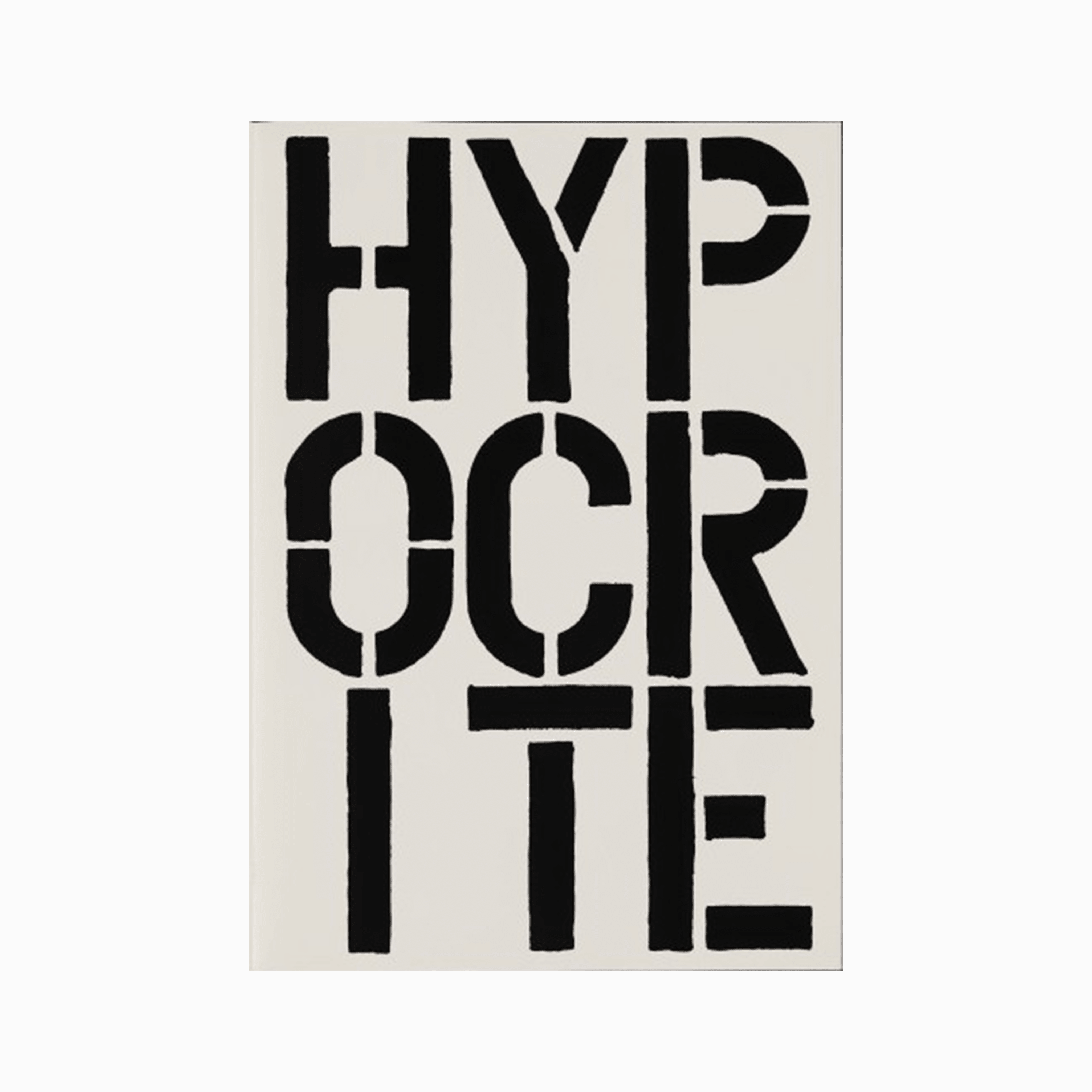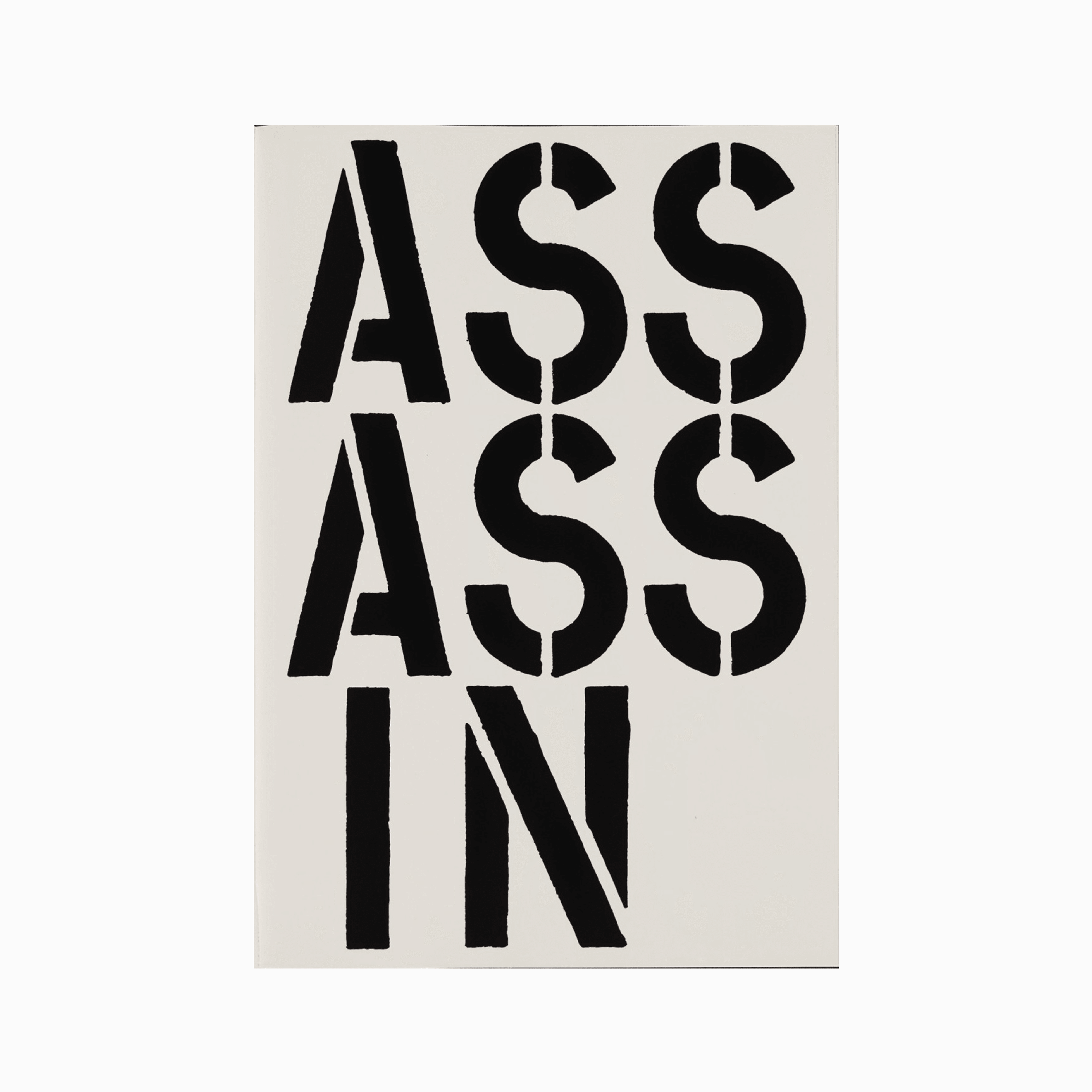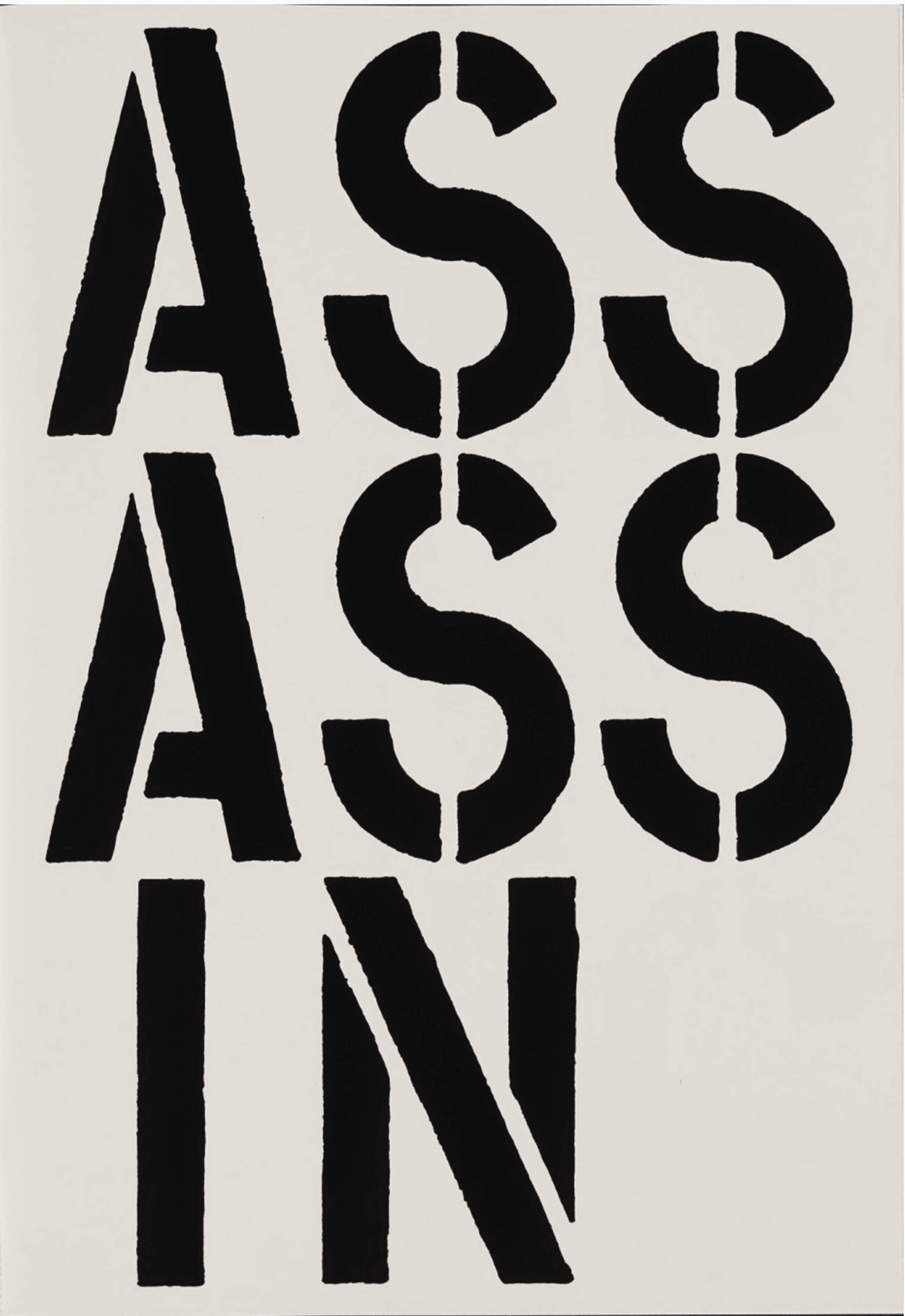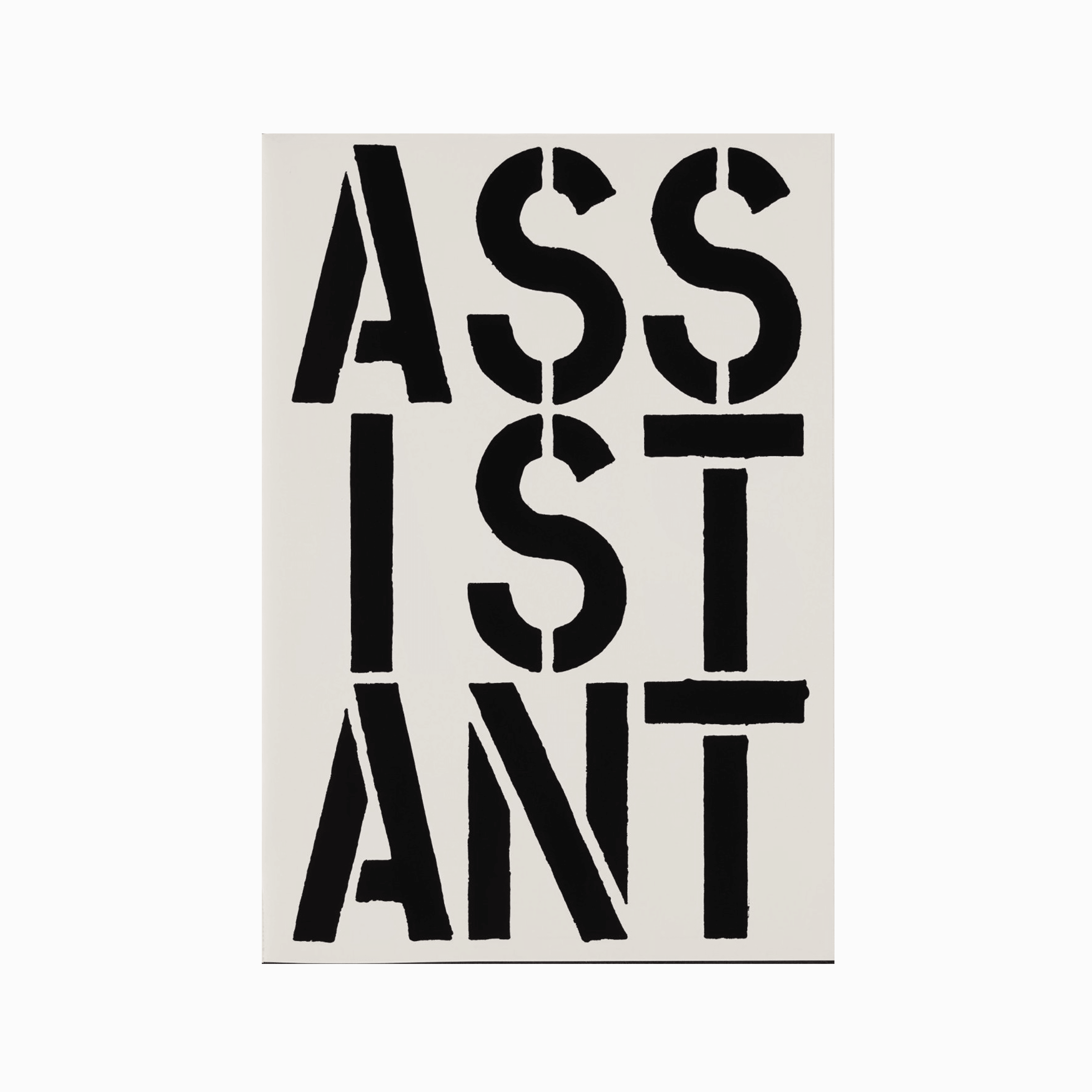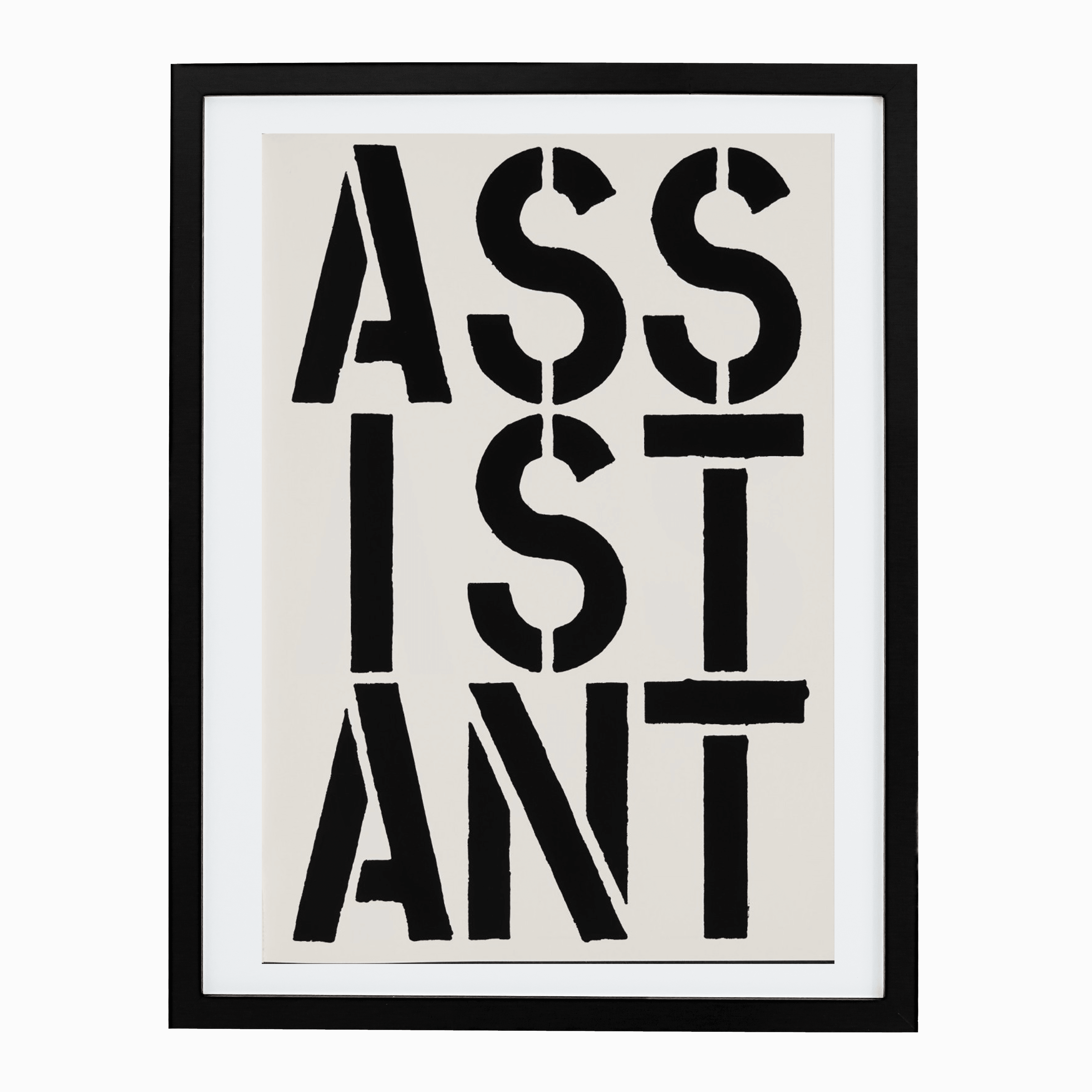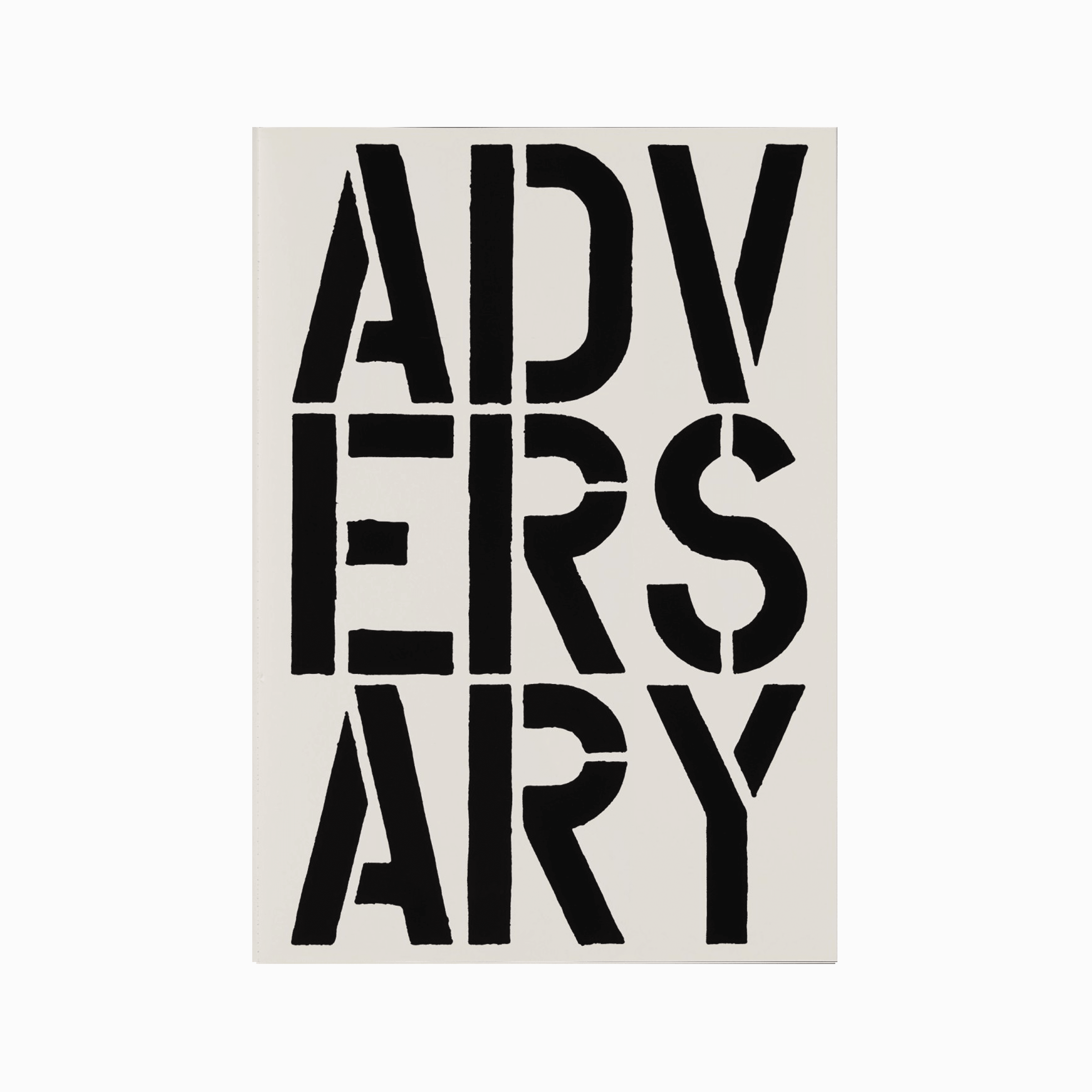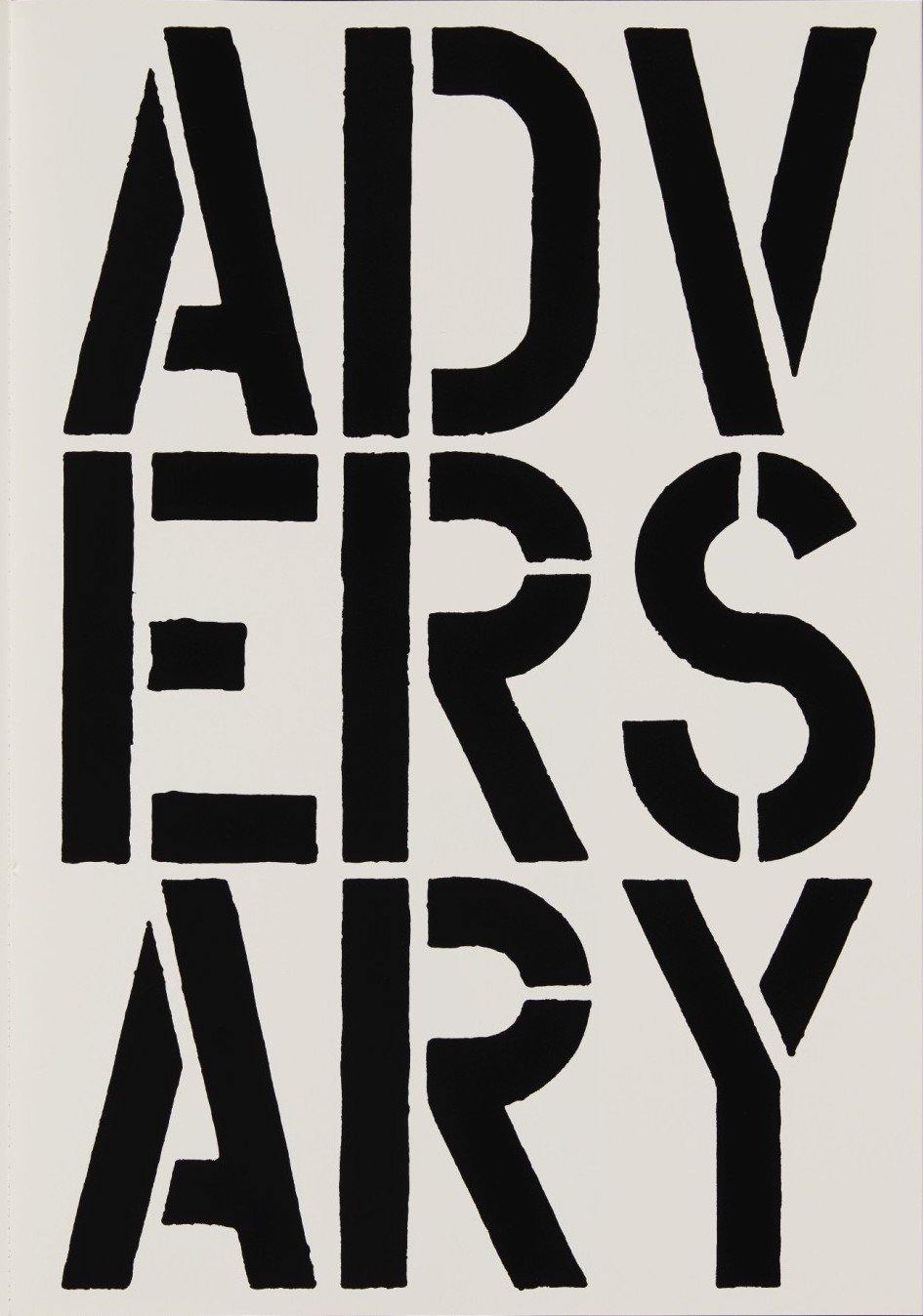“Sell the house, sell the car, sell the kids'"
Christopher Wool (b. 1955, Boston, raised in Chicago) is an American artist whose stark, text-based paintings and abstract works have positioned him as one of the most influential painters of his generation. Emerging in New York's vibrant downtown scene during the late 1970s and early 1980s, Wool developed a distinctive visual language that interrogates painting's fundamental conditions while engaging with urban aesthetics, process-based methodologies, and conceptual rigor. His work represents a critical response to the proclaimed "death of painting" that characterized postmodern discourse, offering a reinvention of the medium through strategic reduction and confrontational directness.
Wool's breakthrough came with his text paintings of the late 1980s, featuring fragmented phrases like "TRBL," "FOOL," and "SELL THE HOUSE SELL THE CAR SELL THE KIDS" stenciled in black enamel on white aluminum panels. These works, with their fractured syntax and stark presentation, became icons of contemporary art that examine language's materiality and the tension between legibility and abstraction. Parallel to his text works, Wool developed process-driven abstract paintings utilizing techniques including rollers patterned with floral and geometric designs, spray paint, silkscreens of his previous works, and deliberate erasures through solvent and rags. This approach introduces elements of mechanical reproduction, chance operations, and destruction into the painterly process while maintaining a distinctive visual coherence characterized by layering, erasure, and reconfiguration. Working primarily in black and white with occasional use of color, Wool's restricted palette emphasizes structure and process over expressive color relationships.
Based in New York with studios in the Lower East Side and Marfa, Texas, Wool continues to produce work that challenges and extends painting's possibilities through constant reinvention of his own methodologies. His influence extends beyond his own production to his significant role as a connector between multiple generations of artists and his curation of lesser-known figures like Albert Oehlen and Martin Kippenberger for American audiences. Throughout his career, Wool has maintained a restrained public presence, allowing his work's uncompromising visual authority to speak for itself while establishing his position as one of the most significant painters of the postmodern era.







